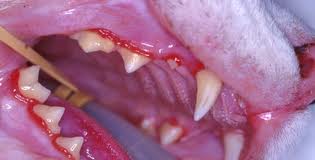
Gingivitis in Cats
Causes of pain in feline mouths, examining a sore mouth in a cat properly, treating gingivitis in cats, medical and surgical treatment of gingivitis in cats, fcgs in cats, REMOVING teeth in cats, pain in cat mouth, drooling sore cat mouth
